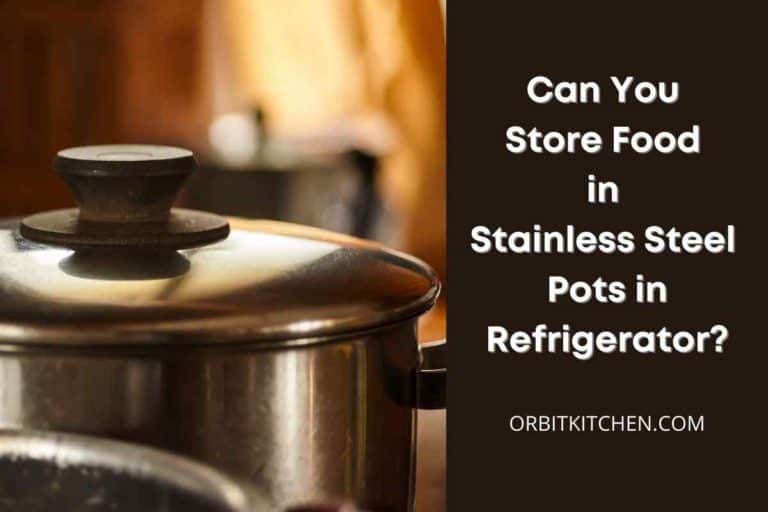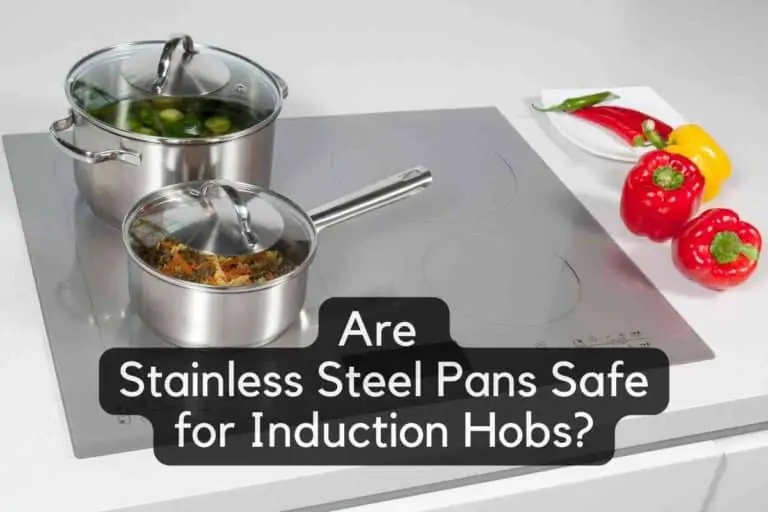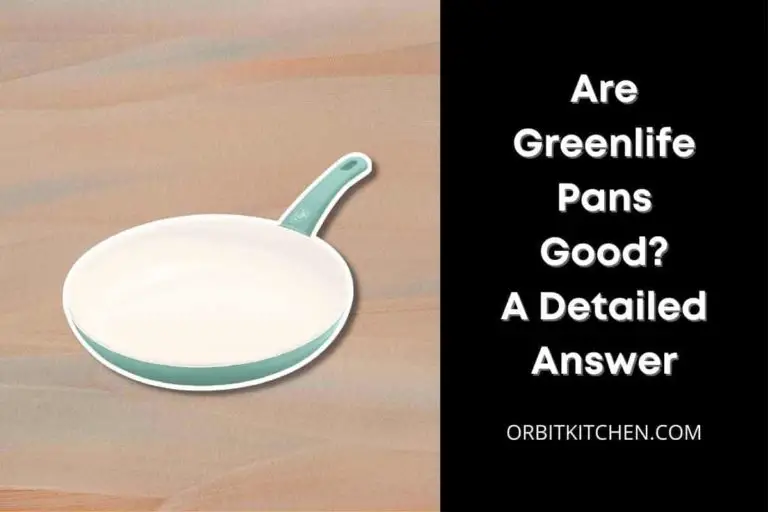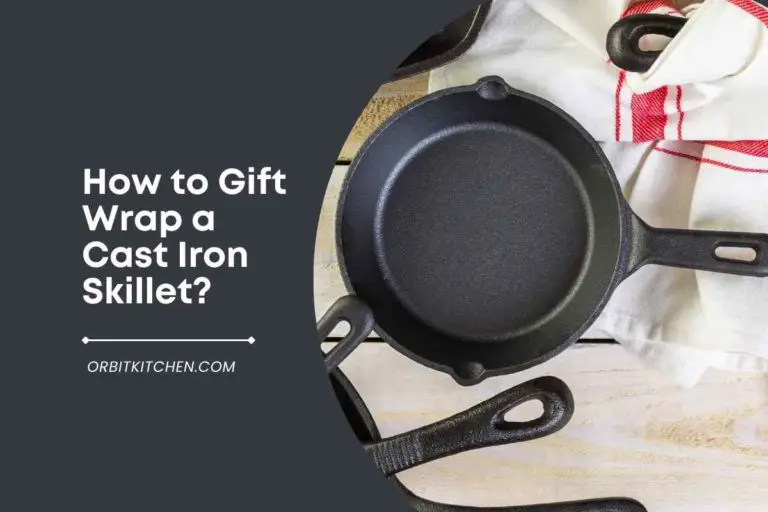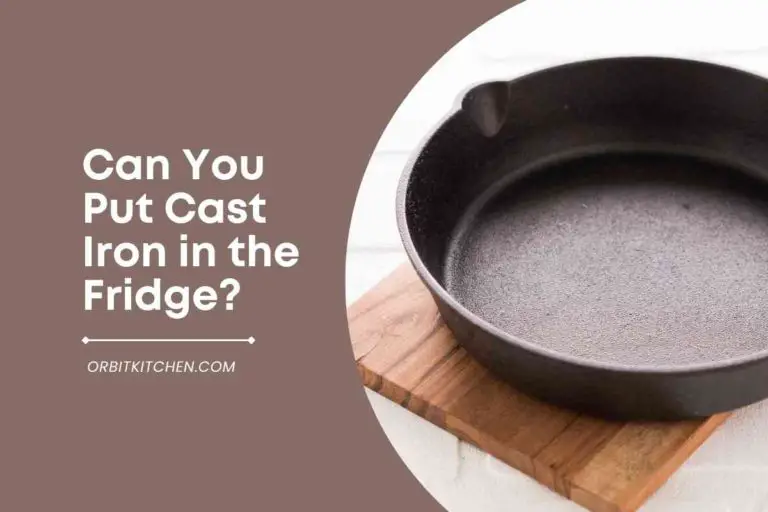Why Are My Stainless Steel Pots Discolored?
Stainless steel is one of the market’s most durable and long-lasting materials. However, stainless steel has a drawback you may not know about: it can develop a dark brownish color over time. I have done some research to find out the causes and how to prevent their discoloration.
Why are my stainless steel pots discolored?
If you don’t properly clean your cookware after each use, it will likely get stained. Food residue can build up on the surface of your pot or pan and cause discoloration over time. The easiest way to prevent this is by washing your dishes immediately after using hot water and soap (or detergent).
If you have stubborn stains that won’t come off with just soap, try using a stainless steel cleaner designed for this purpose or scrubbing with baking soda and water, which also works wonders on tough stains. You should also avoid using abrasive cleaners or scrubbers as these will scratch up your cookware and increase the likelihood of future stains.
In this post, we will show you what causes the discoloration of stainless steel pots, how to prevent it, and what to do when it does occur.
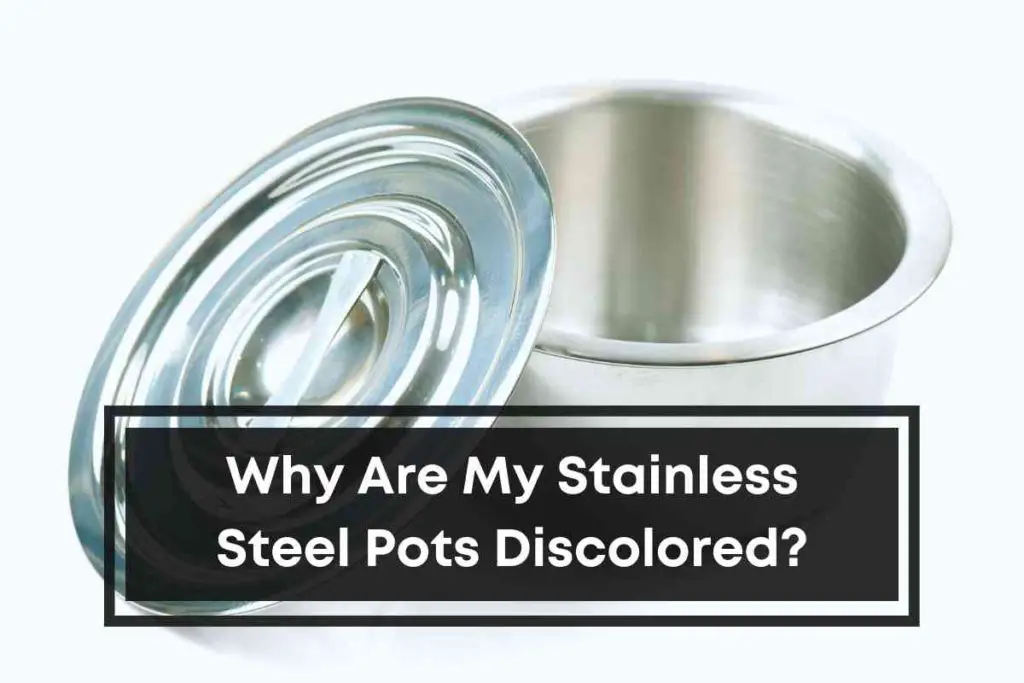
If you’re looking to buy the best cookware products, be sure to visit my Recommended Products Page (click to see my page), Which includes all of my top picks by category.
What Causes Stainless Steel Discoloration?
Stains on stainless steel cookware are a common problem. They can be caused by various things, including improper cleaning, high temperatures, acidic foods, or even contact with certain chemicals.
Here is the detail of the five leading causes of stainless steel pots discoloration:
01. Scrubbing with Abrasive Materials
The abrasive materials in the detergent can cause wear on the stainless steel surface, making it more susceptible to corrosion and staining. When cleaning a stainless steel pot, you might notice it developing a greyish tint. Most people use abrasive materials like steel wool or scouring pads to clean their pots and pans.
These materials can cause permanent damage to your pots and pans by creating microscopic scratches on the surface of the metal. These scratches become filled with food particles and other grime, which eventually turn into rust when exposed to moisture
02. Allowing Water to Sit in the pot
While stainless steel has many qualities that make it desirable for cooking, it can also be a problem if you don’t take steps to prevent it from discoloring. You may have noticed that your stainless steel pots and pans are injured around their bottoms.
This happens when water sits in the pot overnight or for extended periods between uses. This can happen even if you use soap and hot water to wash your pans before storing them away for an ample time.
03. Cooking Acidic Foods
Foods that are highly acidic, such as tomatoes, wine, and vinegar, will cause discoloration to the exterior surface of your stainless steel cookware. The acid in these foods can react with the metal in the pot or pan and cause damage.
The reaction can also occur if you use a scouring pad on your stainless steel cookware. The discoloration does not affect the taste of your food and can be removed by washing your pan with a mild detergent or vinegar, followed by rinsing with water.
04. Storing the Pot in a Humid Environment
Stainless steel is susceptible to corrosion when stored in a humid environment. This is because the metal is exposed to moisture, which can cause it to discolor. If you are keeping your pot in a humid environment, it may cause discoloration. This is because stainless steel is prone to rust if water is on its surface.
Discoloration may occur when you store your stainless steel pot in a humid environment. This is because of the reaction between salt and water. The salt reacts with water to form sodium chloride and hydrogen gas. The best way to avoid this is by drying your pot entirely after washing it so that no water remains on its surface.
05. Using the Pot on a Stovetop with High Heat
Using your stainless steel pot on a stovetop with high heat can cause the pot to discolor. This is because the high heat causes the stainless steel to oxidize, which causes it to turn brown or black.
The time spent cooking in your stainless steel pots and pans will also affect how quickly they begin to discolor. The longer you cook with your pots and pans, the more likely they will show signs of wear and tear like stains or discoloration from overheating.
It’s important to note that this discoloration isn’t harmful in any way and doesn’t affect the performance of your cookware at all! The color change only affects its appearance; if you don’t like it, you can easily polish your stainless steel cookware.
How to Prevent Discoloration?
Stainless steel pots can discolor if they are not adequately cared for. To prevent your pots from discoloring, follow these tips:
- Wash your pots regularly in hot, soapy water.
- Dry your pots thoroughly after washing.
- Avoid using harsh chemicals when cleaning them.
- Do not store your pots in direct sunlight.
What To Do When Your Pots Get Discolored?
If your stainless steel pots get discolored, you can try cleaning them with a mild detergent and a soft cloth. You can also try using a stainless steel cleaner or polish. The best way is to wash the pot with hot water and soap before applying vinegar and baking soda solution to it. This will ensure that all dirt is removed from the surface before you start cleaning it with vinegar and baking soda mixture.
Mix equal parts of vinegar and baking soda in a bowl or cup until they form a paste-like consistency, which will help them stick better to the surface of your pot and make cleaning easier.
Apply this mixture to the stained area and allow it to sit for 30 minutes before scrubbing it off gently with a soft sponge using circular motions until all stains are gone. Repeat this step if there are still some stains left on your pot after scrubbing until all stains disappear completely from its surface.
How to Deal With Discolored Stainless Steel Pots?
You should always wash your stainless steel pots instead of putting them in a dishwasher. This will prevent the pots from getting scratched or damaged by other dishes in the dishwasher.
If you use harsh detergents on your pots, then you should make sure that these detergents do not contain bleaching agents or other chemicals that may cause damage to your stainless steel pots.
You should also try not to use any abrasive cleaners on your stainless steel pots as these can scratch off the protective layer that keeps the metal shiny and smooth looking.
If your stainless steel pot gets scratched, stained, or discolored due to using harsh chemicals while cleaning it or using abrasive cleaners, you may need professional help with cleaning it up again.
What Is the Most Common Cause of Discoloration?
The most common cause of discoloration in stainless steel cookware is acid. Acids are found in many foods and drinks, including lemon juice, tomato sauce, vinegar, wine, and coffee. Acids can react with the metal ions in stainless steel to create a layer of rust that discolors the surface.
Avoid storing acidic foods in or near your pots or pans to protect your cookware from discoloration. If you keep acidic food in your pots or pans, remove it as soon as possible and wash thoroughly with warm water and soap.
Another common cause of stainless steel pot discoloration is contact with other metals. The other metal can react with the stainless steel, causing it to discolor.
How to Clean Stainless Steel Pots?
You can also use baking soda and vinegar to clean your stainless steel pots. These two ingredients help remove stains from the pot’s surface, so there is no need for scrubbing or rubbing with abrasive materials.
Here are the five steps to properly clean your stainless steel pots:
- Fill your sink with warm water and a little dish soap, baking soda, and vinegar.
- Place your stainless steel pots and pans in the sink.
- Use a non-abrasive sponge or cloth to scrub the pots and pans.
- Rinse the pots and pans with clean water.
- Dry the pots and pans with a clean towel.
Final Thoughts
Stains on stainless steel cookware are a common problem. They can be caused by various things, including improper cleaning, high temperatures, acidic foods, or even contact with certain chemicals.
The best way to remove the discoloration from your stainless steel pots is to use a specialized stainless steel cleaner that contains a powerful oxidizing agent that will break down the oxidation layer that is forming on the surface of your pots.
If you are interested in the best kitchen products and accessories, be sure to visit my Recommended Products Page (click to see my page), Which includes all of my top picks by category.


